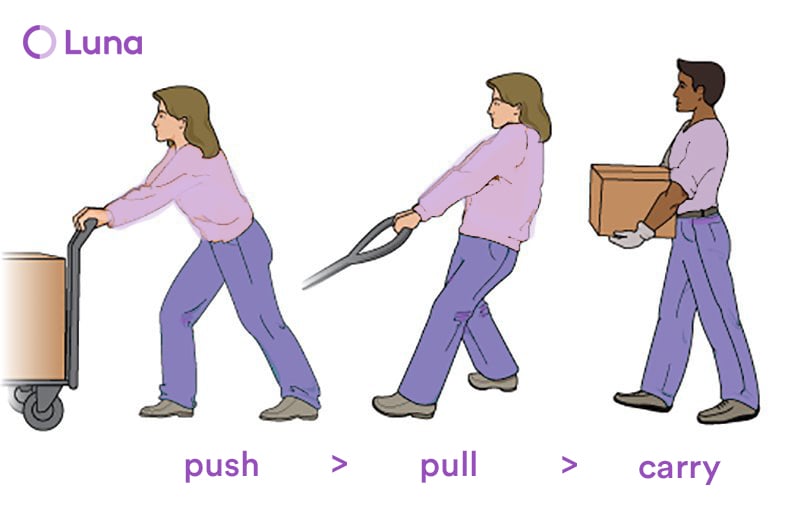How to Keep Your Knees Healthy in the Garden

A healthy garden starts with healthy knees. Whether you’re uprooting begonias or shoveling topsoil, your knees can take a serious beating in the garden. For an enjoyable, productive time this summer, you want to keep your body in tip-top shape and prevent injury. The following tips can help:
Kneeling
To ease knee symptoms and keep your joints healthy, start with a good kneeling mat or pair of knee pads. They will:
- Reduce the load to the kneecap by creating a consistent soft surface.
- Allow you to get areas where you would have difficulty crouching.
- Improve your back and knee mechanics.
For maximum benefit, move your mat as you weed, plant, or dig—you may have to adjust as you make progress. Don’t reach. To prepare you for the strenuous tasks associated with gardening, your physical therapist can provide exercises that address core control while on your knees or in the quadruped position.
Lifting
We have all heard the old adage: lift with your legs—not your back. Your glutes can also provide serious lifting power. In addition, it’s smart to:
- Align your body with the object you are lifting. Make sure you are squared up to the item you are about to lift—whether it’s a boulder, the lawnmower catcher, or a bag of soil. Keep it close to your body, and your sternum should be directly facing the item.
- Aim to put it down: Step and point your toes toward the desired landing or resting space. If your hips and upper body go different directions when setting a heavier item down, you could get hurt. It is good practice to do this with lighter items.
- Shovel the right way: Just as in lifting, you should square up to your target. When throwing soil, leaves, or other items, point your lead foot in a one-quarter lunge movement toward the landing place.
- Wear gloves: Many injuries seen by therapists could be avoided with a good pair of gardening gloves. Very often a patient will have a bag, tree, or shrub begin to slip due to a poor grip. They try to catch the object in mid-fall, only to get hurt in the process.
- Use your hips: Good hip strength and mobility can significantly take the pressure and subsequent pain out of the knee joint and kneecap. A skilled therapist can assess your hips and possibly prescribe custom exercises that will help you keep your lawn green, vegetables growing, and your beds flowering.
Push-Pull-Carry
Before you move a heavier garden item remember the push-pull-carry philosophy. It not only reduces shear forces and wears to the knees, but it also takes the load off of your lumbar spine. Sometimes the biggest help here is taking a breath and assessing what will be the safest and most efficient movement to get a heavy item from one place to another.

There’s Help for Your Hurts
Even with the proper equipment and lifting techniques, you may end up getting hurt. A common injury is patellofemoral pain syndrome (PFPS); we also call it gardener’s knee. It’s not a specific injury—it’s a broad term for describing the pain that comes from one of several knee problems. You’ll usually notice the pain in front of your kneecap, but it can be felt around or behind it. You might also have swelling, hear popping, or have a grinding feeling in the knee.
The injury might occur in the garden, but the pain goes with you—such as when you finally sit down for a well-deserved beverage. Treatment from a reputable physical therapist can ease pain and help you heal. Your PT can also provide strengthening exercises that prevent injury behind the mower, or in the garden, or even in your favorite lounge chair.


